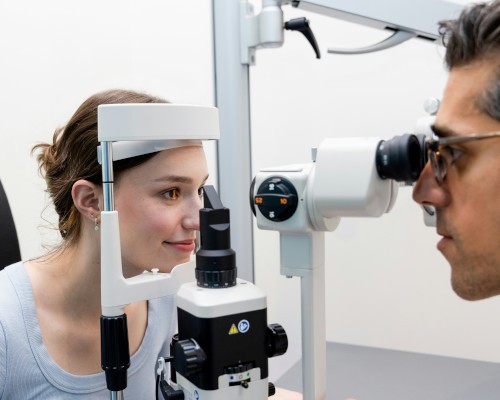Industry News
Optometry Australia Warns of Workforce Oversupply
 Optometry Australia (OA) has reaffirmed its commitment to addressing the growing concern of workforce oversupply in the optometry sector, warning that new graduates are increasingly struggling to secure employment in a saturated job market.
Optometry Australia (OA) has reaffirmed its commitment to addressing the growing concern of workforce oversupply in the optometry sector, warning that new graduates are increasingly struggling to secure employment in a saturated job market.
In response, OA has lodged a formal submission to the Federal Government’s Occupation Shortage List (OSL) survey, outlining the significant imbalance between workforce supply and demand. The submission acknowledges that while some positions remain unfilled due to geographic location challenges, this does not indicate a true shortage of optometrists. Rather, internal recruitment processes and workforce maldistribution contribute to these gaps.
Data presented by OA highlights a marked increase in the number of registered optometrists in Australia, rising from 5,399 in 2017 to 6,977 in 2023. With more optometry schools opening in recent years, workforce growth has outpaced demand, particularly in metropolitan and larger regional areas. Australia’s optometry workforce per capita now exceeds that of comparable nations, exacerbating employment challenges for new graduates.
As competition intensifies, early-career optometrists are experiencing stagnant or declining salaries, fewer permanent full-time opportunities, and increased job insecurity. Reports from members suggest concerning workplace conditions and a growing difficulty in securing stable career pathways.
To gain deeper insights into the future of the profession, OA has commissioned an updated workforce supply and demand projections study, due for completion in early 2025. The study will analyse workforce trends and unmet eye care needs to inform future policy decisions.
In the meantime, OA is actively advocating for measures to safeguard the profession’s long-term stability. Key initiatives include:
- Opposing new optometry schools to prevent unnecessary increases in graduate numbers.
- Advancing workforce planning through a response to the National Allied Health Workforce Strategy consultation.
- Expanding optometry roles via the Advanced Practice Recognition Program, enabling optometrists to work to their full clinical scope.
- Driving policy changes to enhance access to Medicare item 10910 and integrate optometrists into hospital and public health systems.
- Engaging with key stakeholders, including health regulators and major optometry employers, to improve workforce conditions.
- Launching public awareness campaigns, such as the upcoming Myopia Awareness Campaign, to boost community engagement with optometry services.
OA remains steadfast in its efforts to ensure workforce realities are recognised and addressed by policymakers. The organisation encourages members to share their experiences and contribute to ongoing advocacy efforts. By proactively addressing these workforce challenges, OA aims to secure a sustainable and thriving future for the optometry profession in Australia.



